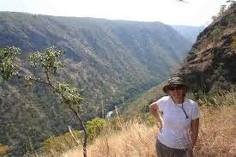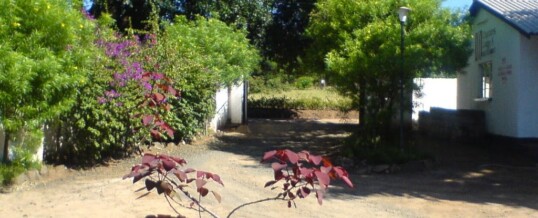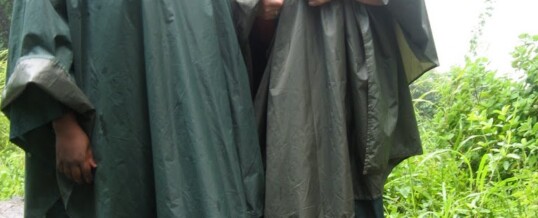
This from Steel Guru is welcome, though one wonders how long the project will take to complete. “Might soon be eased” strikes me as being too optimistic! Yesterday we had a 10 hour power cut and this was the 3rd or 4th power cut during the week. At Chanters Lodge we have a 25.5 kva stand by generator, bought in 2007 but it’s expensive to run, given the 30% increase in the cost of diesel so far this year. The only real solution to the “Zesco Problem” is competition, and that’s not likely to happen any time soon. Here’s the piece:
“Zambia’s electricity woes might soon be eased following the planned construction of a 600 MW plant at a cost of USD 1.5 billion to tap into the nation’s power deficit and avert load shedding to households and flourishing industry, chiefly the mines. Mr Situmbeko Musokotwane finance minister of Zambia and Energy counterpart Mr Kenneth Konga said that they recently returned from China where they signed a Memorandum of Agreement for the project.
According to Mr Musokotwane, the construction of the new hydro power project to be situated in Southern Zambia is expected to commence next year in April, and will help the country reduce on its power deficiency and meet the demand. Mr Musokotwane said that the construction of the Kafue Gorge (pictured above) Lower power project in southern Zambia would start around April next year with initial financing of USD 1 billion expected to come as a loan from the Chinese government. A new JV company, to be formed by state run power company known as Zesco, China’s Sino Hydro Company and the China Africa Development Fund, will borrow the initial funding of $1 billion from China to start the project.
Mr Musokotwane said that the new company would sign a power purchase agreement with Zesco by April 2011 to facilitate the investments into the plant. Zambia has in recent years faced power outages because of the deficiency in the supply to the industrial, domestic and chiefly the mines that have forced the increased demand for power to mine copper, as well as to provide goods and services, as well as to meet domestic demand.
The insufficient capacity by the state owned Zesco to meet demand has resulted in regular power outages, partly due to ageing equipment in the southern African country, which has had no major investments to raise power generation capacity for decades, forcing it to import power from the Democratic Republic of Congo to keep the mines running.
Mr Andoi Akakandelwa deputy energy minister of Zambia recently revealed that Zambia needs about USD 7 billion to meet energy demand in the copper rich nation to necessitate the smooth operation of the mines and other energy requiring projects, as well as to meet agricultural growth. He noted that despite Zambia’s potential, it has failed to maximize its abundant resources that include water to meet the increasing demand.”
AUG




















